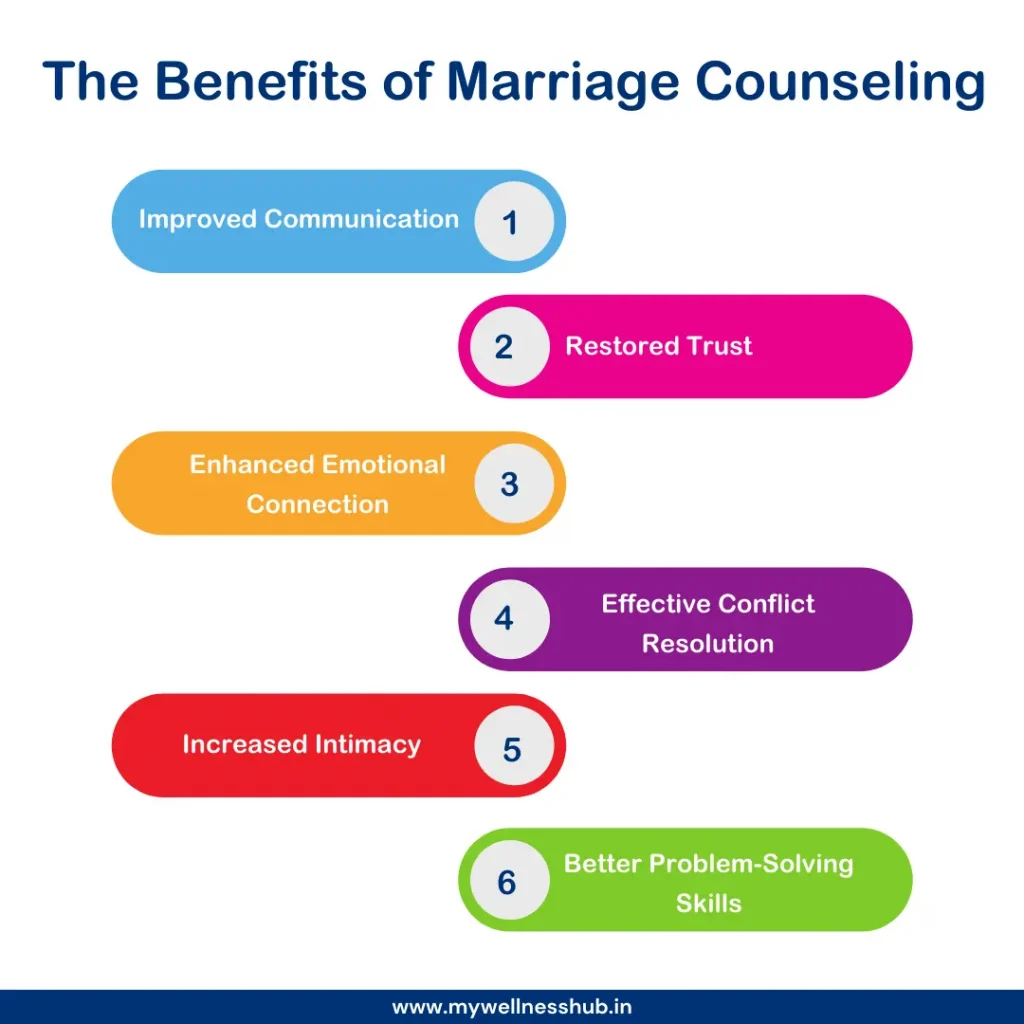Some Known Details About Aim Point Counseling
Some Known Details About Aim Point Counseling
Blog Article
Not known Facts About Aim Point Counseling
Table of Contents3 Simple Techniques For Aim Point CounselingThe 8-Minute Rule for Aim Point CounselingThe Ultimate Guide To Aim Point CounselingThe Greatest Guide To Aim Point CounselingThe Facts About Aim Point Counseling Revealed3 Easy Facts About Aim Point Counseling Shown
The longitudinal design involves a pre-treatment study and 2 follow-up surveys at 3- and 12-months post-intervention. The research is set in 8 Relationships Australia Victoria centres, throughout metropolitan, outer residential areas, and regional/rural sites. Relationships Australia, a non-government organisation, is the largest provider of couple therapy and relationship services in Australia.
In Australia, the mean size of marital relationship before splitting up is 8.8 years, and around fifty percent of all separations include couples with children [1] These high rates of connection failure have been constantly related to adverse health consequences for both adults and kids complying with divorce/separation. These include isolation from support networks, and decreased earnings and requirement of living for both grownups and kids [3], issues of commitment over youngsters for males, and clinical depression and loss of identification for ladies [4,5]
Top Guidelines Of Aim Point Counseling
The effects of divorce and separation can be harmful, research study shows that high connection dissonance in intact pairs is additionally likely to have unfavorable end results.
Research study to date has actually recognized both couple and individual elements that might contribute to relationship dissonance. These consist of partnership satisfaction and dedication at the pair level, and anxiety at the private degree.
Examine This Report on Aim Point Counseling
As a result, while a lot of researches indicate improvements in connection satisfaction complying with couple coaching, they are limited by the examples and steps made use of, mainly temporary follow-up time frameworks, and analyses that do not make up the dyadic nature of pair data. Relationship dedication, based on steps such as the Dedication Inventory (CI) [19], is another frequently explored relationship outcome.
To sum up, research indicates that couple-specific variables as well as private variables may predict the outcomes of couple counselling and relationship services. The causal direction of these partnerships, however, is much less clear. These observations are essential, considering that, to validate and direct the application of relationship services such as couple coaching, empirical proof should explore both the outcomes of partnership solutions and the variables that predict effective treatment.
, at the very least in some European countries.

We presently understand little about the profiles of pairs who seek out connection education contrasted with those that look for connection counselling, or the results of these programs. Unscientific evidence suggests that there may be significant distress amongst at the very least some pairs seeking connection education.
Aim Point Counseling Can Be Fun For Anyone
Responses includes participants completing sets of questions regarding their partnership (e.g. procedures of interpersonal issues), and receiving information on what their scores suggest. Cognitive-behavioural techniques advertise changing cognitions to facilitate positive partnerships.
These meta-analyses highlight constraints in the current literature on partnership education and learning. This sample profile might not stand for clients who typically present for partnership education and learning.
The Best Strategy To Use For Aim Point Counseling

Extremely little research has actually checked out the relative benefits of pair therapy and connection education programs. As customers are most likely to self-select right into these solution types, it is not clear whether particular connection distress profiles existing to every solution type, or indeed whether there is an interaction in between providing account, solution type and end result.
(https://www.twitch.tv/a1mpoint/about)
Therefore, we have consisted of a 12-month follow-up to assess longer-term trends and results.
Consequently, we suggest to utilise multi-level analytical modelling procedures that manage for the inter-dependence of pair data to examine any treatment results. The certain aims Related Site of the ECC study are to: 1. Map profiles of clients seeking neighborhood agency-based pair therapy vs. relationship improvement programs in regards to socio-demographic and relationship indications (such as relationship contentment, connection dedication, social problems, and reasons for participating in), as well as wellness (such as clinical depression, basic health and wellbeing) and wellness service usage (eg.
2. Figure out whether pair counselling and connection education and learning services enhance 3- and twelve-month outcomes for connection contentment, commitment, and anxiety, using statistical evaluations appropriate to combine information. 3. Establish the relative contributions of client aspects (specific and pair) and therapy/education factors to outcomes at 3- and 12-months, and to sustainability of outcomes gradually.
The 7-Second Trick For Aim Point Counseling
Multi-level modelling to establish pre-post distinctions, controlling for dyadic (pair) level. To add to the literature examining the effectiveness of community-based pair counselling.
Report this page